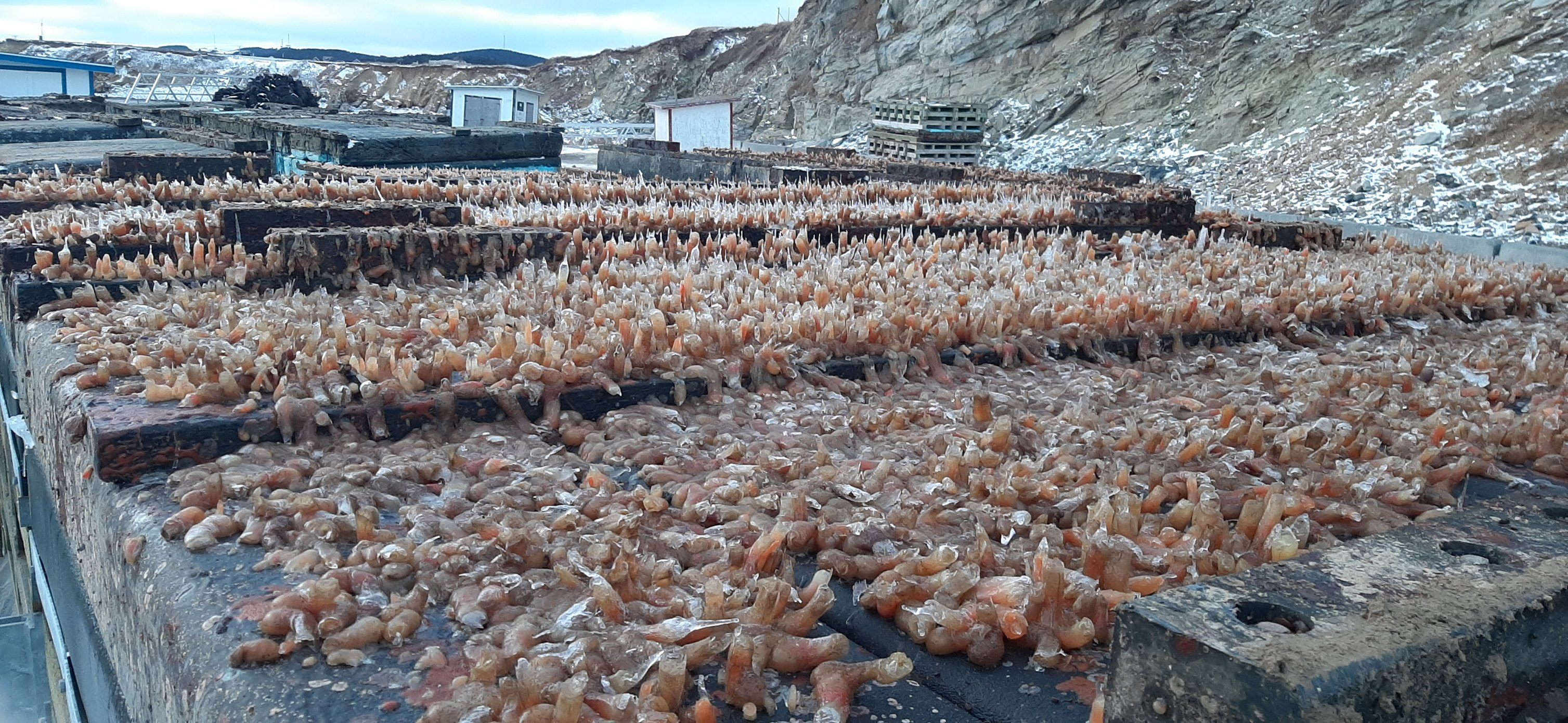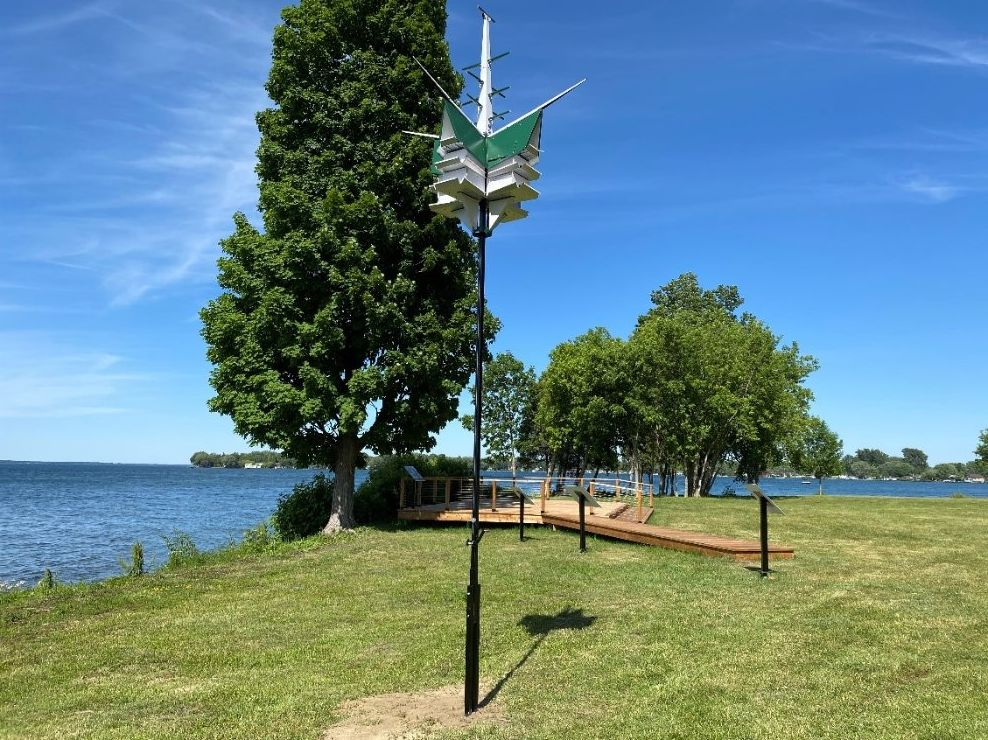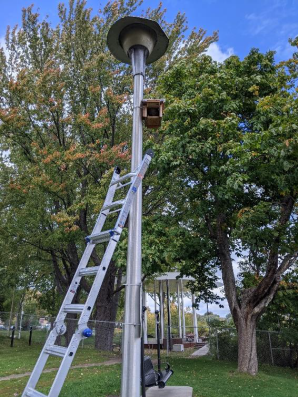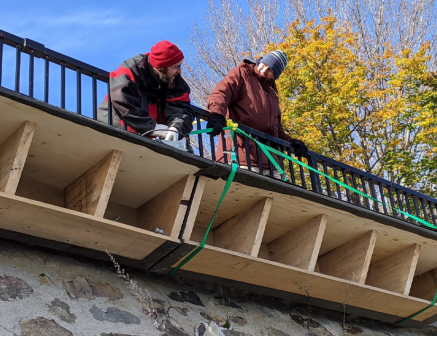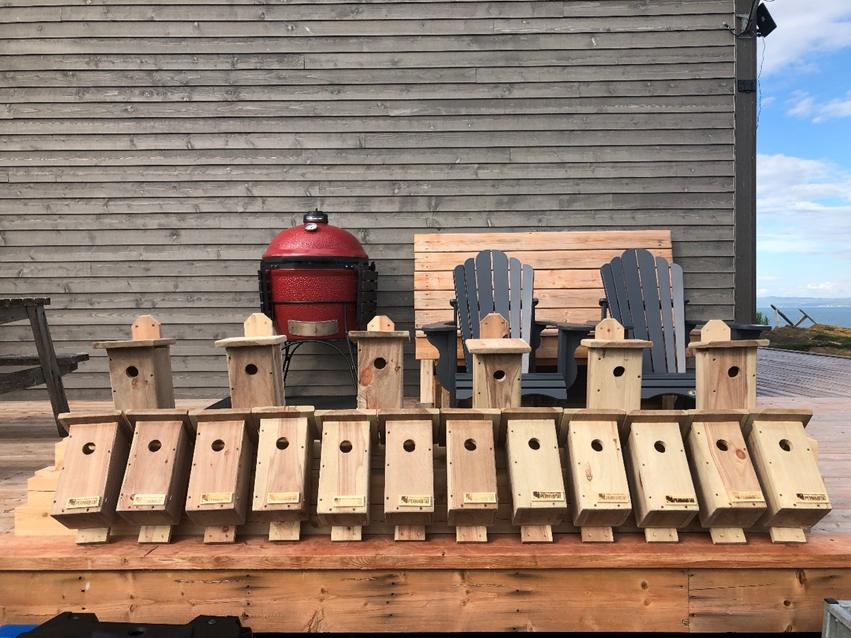
The St. Lawrence Action Fund
Teaming up to protect the river
For over 25 years, the St. Lawrence Action Fund (SLAF) has been actively working in the heart of the St. Lawrence natural ecosystem to support projects that enhance, restore and protect biodiversity, making it one of the Port of Montreal’s most special partners. What a valued ally for the future of the river!
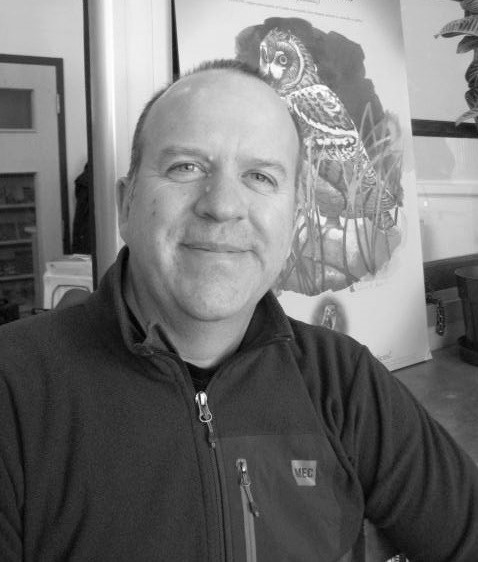
“The St. Lawrence is a vulnerable giant,” said Jean-Éric Turcotte, Executive Director of the SLAF, “a giant with feet of clay.” The small team of three, supported by a board of directors, has completed nearly 200 projects in all regions of Quebec with just one goal in mind: to protect the St. Lawrence.
Projects are selected on the basis of three main components: preservation, restoration and enhancement of natural environments, plus the secondary components of education, awareness and knowledge acquisition.
Immediate results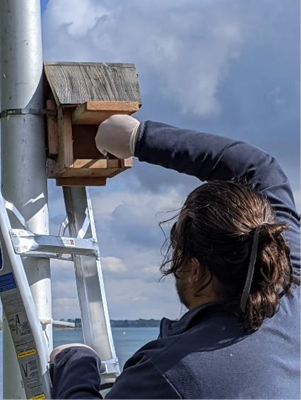
The results don’t take long, said Jean-Éric: “Right away, we can see the results of our work and the beneficial effects of our fund on the environment.”
One example is the creation of shoreline buffer strips that help stop pesticides from the fields from getting into the rivers. “Within two or three years, we see substantial gains in water quality.” In one example alone, 1,200 square metres of riparian strips were created on Île Bouchard last year.
Another example is the creation of artificial habitats for bank swallows. To offset the partial disappearance of their natural nesting boxes due to shoreline development, structures were created and installed that make it possible for swallows to come and nest. Projects of this kind have been carried out in the east end of Montreal, as well as in Kahnawake and Beauport Bay.
Recently, the organization also supported an eel habitat restoration project in partnership with the Huron-Wendat Nation. “Due to human-made obstacles, such as dams, some of the eels’ usual migratory routes had become impassable. By creating structures that let them swim up the dams, the eels were able to reclaim their territory and now occupy the waterways upstream of the dams.”

Act and educate
In addition to the immediate benefits, Jean-Éric emphasized the educational aspect of the projects. “When we install a riparian buffer strip, for example, we usually add a demonstration component. We invite key people who are likely to be involved in other projects so that they can gain the know-how and become able to replicate it somewhere else. And we explain everything it takes to ensure the success of the riparian buffer, like what species to plant, how to stake out the land and how to encourage long-term maintenance.”
Still plenty to do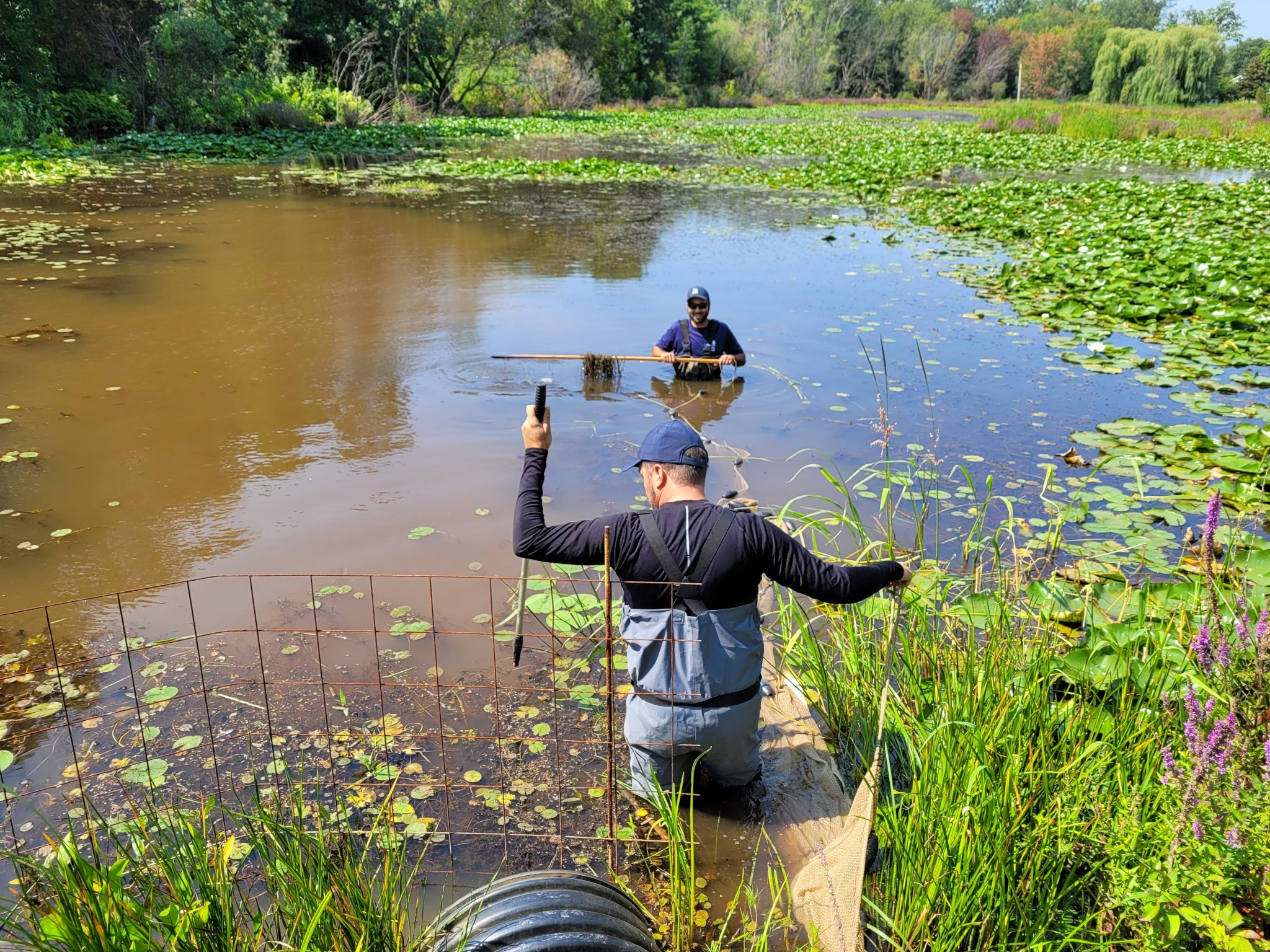
While Jean-Éric is enthusiastic about what has been achieved so far, there is still a long way to go. “We’re moving in the right direction, but it’s still early days. We’ re just at the start of a long process aimed at making Quebec a more sustainable society,” he said.
What’s the best solution? In light of what the SLAF is currently accomplishing, the best option continues to be large-scale collaboration, including a growing share of public investment, more corporate involvement and greater awareness of civil society.
We can’ t wait to keep working with them for the future!

